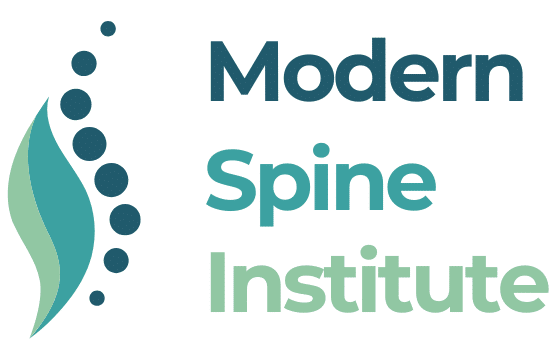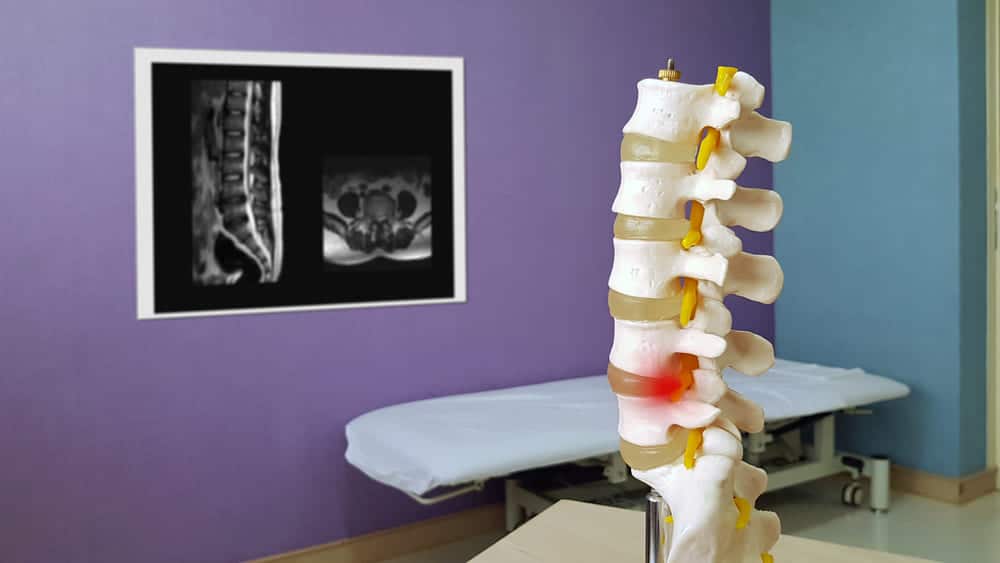Do you suffer from lower back pain, experience numbness and tingling in your legs, and struggle to stand or walk for extended periods? If so, speak to a spine surgeon in New Jersey about undergoing lumbar stenosis treatment. These signs can indicate you may suffer from this degenerative condition.
If you fail to do anything about spinal stenosis symptoms, they could worsen over time. You might have to deal with more pain, the loss of bladder and bowel control, and potentially even paralysis.
So, what is lumbar stenosis, how is it treated, and should you consider minimally invasive spine surgery if diagnosed with it? Continue reading to discover the answers.
What Is Lumbar Stenosis?
From sciatica to scoliosis, there is no shortage of spinal conditions. This might leave you wondering, “What is lumbar stenosis?” or “What is spinal stenosis of the lumbar region?” after your doctor reveals you have it.
You may not be familiar with it, but this spinal condition is more common than many realize. About 11% of older American adults suffer from it.
Lumbar spinal stenosis is a condition that narrows the spinal canal in the lower back, also known as the lumbar region. This puts pressure on the spinal cord and nerves.
Many causes of this condition exist, including:
- Age-related degeneration
- Herniated discs
- Tumors
- Bone spurs
- Injuries
But regardless of its cause, it typically produces many painful symptoms, including:
- Lingering back pain
- Numbness, tingling, and weakness in arms, legs, and feet
- Trouble walking and standing
- Balance issues
Unfortunately, there is no cure, but treatment options are available.
What Are the Common Lumbar Stenosis Treatment Options?
Oftentimes, those diagnosed with lumbar stenosis can successfully treat it without undergoing surgical procedures and being exposed to spinal stenosis surgery risks. Initially, your doctor might recommend lifestyle changes — losing weight or participating in low-impact exercises — to control it.
If these changes don’t produce results, they might also suggest other conservative treatments like:
- Physical therapy
- Prescription medications
- Epidural steroid injections
If your back still fails to respond, they may ask you to consider surgical options, like minimally invasive spine surgery.
What Is Minimally Invasive Spine Surgery for Lumbar Stenosis?
Surgeons perform about 1.2 million spine surgeries in the U.S. annually, of which about 75% are minimally invasive.
Minimally invasive spine surgery for lumbar stenosis involves a surgeon making smaller incisions in a person’s back than they would during traditional surgery. It also calls for them to utilize a specialized tool called a tubular retractor to treat a person’s spine while avoiding damaging the surrounding muscles and tissues.
This form of surgery is still relatively new. The first minimally invasive spine surgery for lumbar stenosis only occurred in the early 1990s.
However, it has quickly evolved, and many people suffering from lumbar stenosis choose it every year because of its many benefits.
What Are the Benefits of Minimally Invasive Spine Surgery for Lumbar Stenosis?
Those who undergo minimally invasive spine surgeries for lumbar stenosis enjoy many advantages. The biggest benefits of selecting this option include:
- Less surgical trauma
- Reduced blood loss
- Minimized pain
- Decreased infection risks
- Shorter spinal stenosis recovery times
That last benefit, in particular, is significant. The average spine surgery recovery time after minimally invasive spine surgery for lumbar stenosis lasts only about four to six weeks before returning to normal activities and six months for a full recovery.
Who Is a Good Candidate for Minimally Invasive Spine Surgery for Lumbar Stenosis?
Not everyone is a good candidate for minimally invasive spine surgery for lumbar stenosis, but many people with lower back pain could be a great fit. Consider it as a viable option if:
- Your back hasn’t responded to more traditional treatments, like physical therapy.
- You suffer from severe pain or extreme weakness in your legs.
- You have trouble taking part in daily activities due to your pain.
Generally, many people diagnosed with this condition are good candidates for minimally invasive spine surgery.
How Can You Determine If Minimally Invasive Spine Surgery for Lumbar Stenosis Is Right for You?
Just because you seem like a good candidate for minimally invasive spine surgery for lumbar stenosis doesn’t mean you should automatically choose it as your preferred treatment option. Instead, take these steps to make a final decision on whether to go through with it:
- Speak with a specialized surgeon about your eligibility for spine surgery.
- Go through the appropriate testing (X-rays, CT scans, MRIs, etc.).
- Allow a surgeon to assess your back and the accessibility of your spine.
- Discuss your expectations with a surgeon.
- Consider other medical issues that might make minimally invasive spine surgery risky.
You and a trusted surgeon can make the best decision after analyzing your situation from every angle.
Contact Us To Schedule a Consultation With the Best Spine Surgeon New Jersey Offers
Deciding whether to schedule a minimally invasive spine surgery for lumbar stenosis is a huge decision. Let Dr. Grigory Goldberg, MD, and his team guide you in the right direction as you weigh treatment options.
You can schedule an online appointment with Dr. Grigory Goldberg, MD. Our doctors accept most insurance plans, including workers’ compensation, no-fault, and PIP (personal injury protection). Same-day appointments may be available.
Contact us to hear more about the benefits of robotic spine surgery.
FAQs
Search for answers to commonly asked questions below.
What Happens If You Don’t Seek Treatment for Lumbar Stenosis?
If you don’t seek treatment for lumbar stenosis, your symptoms associated with the condition will likely worsen. You may experience additional pain and discomfort, lose control of your bladder and/or bowels, or even face paralysis.
What Is the Success Rate of Minimally Invasive Spine Surgery for Lumbar Stenosis?
The success rate of minimally invasive spine surgery for lumbar stenosis is still being studied, but early evidence suggests it could be as high as 80 to 90%.
Does Minimally Invasive Spine Surgery for Lumbar Stenosis Present Risks?
Like any surgery, minimally invasive spine surgery for lumbar stenosis presents risks, such as bleeding, blood clots, infections, nerve damage, and anesthesia complications.




